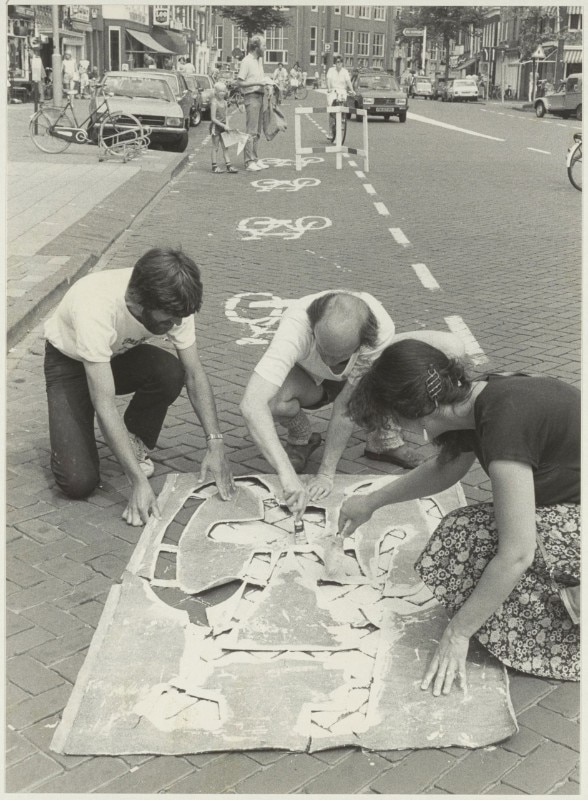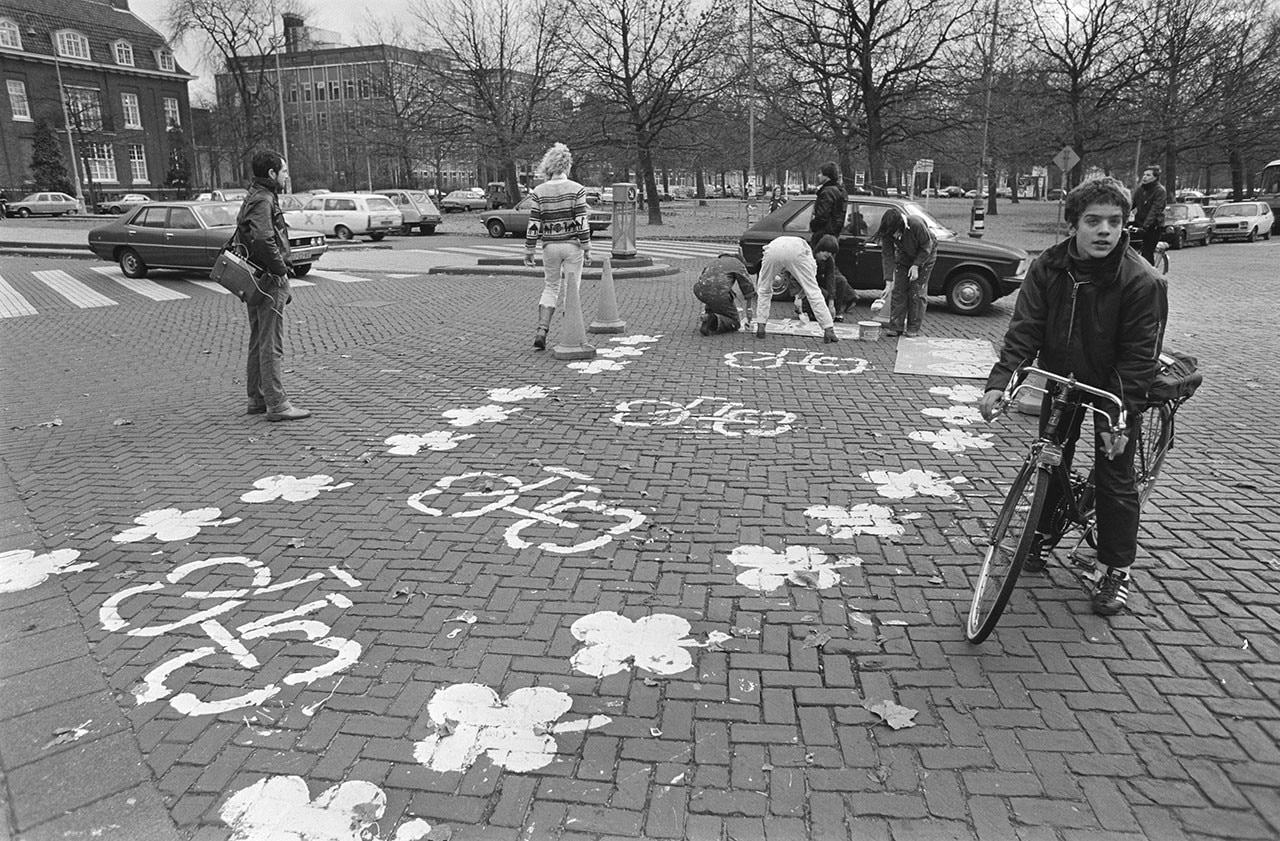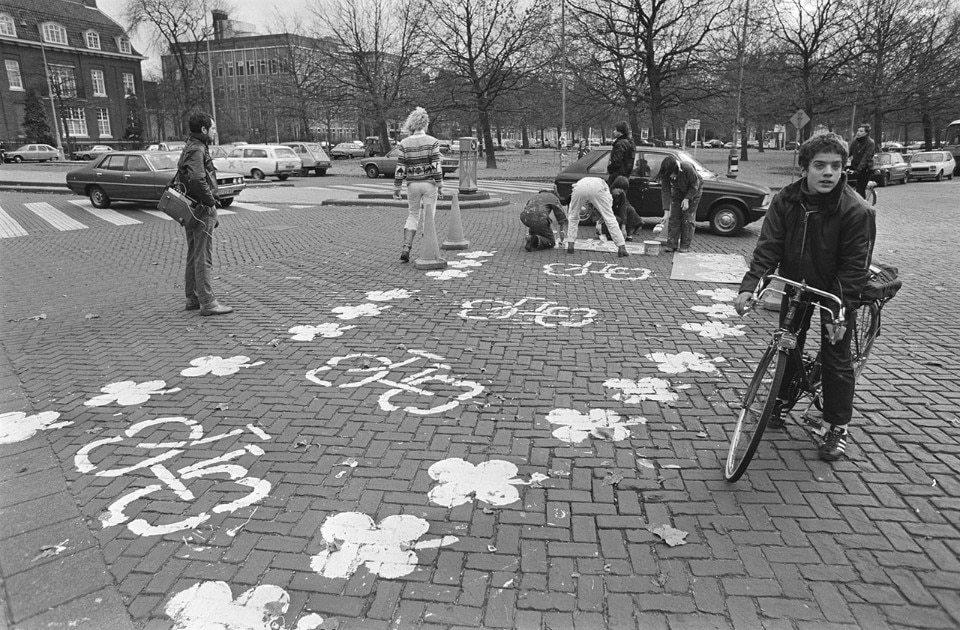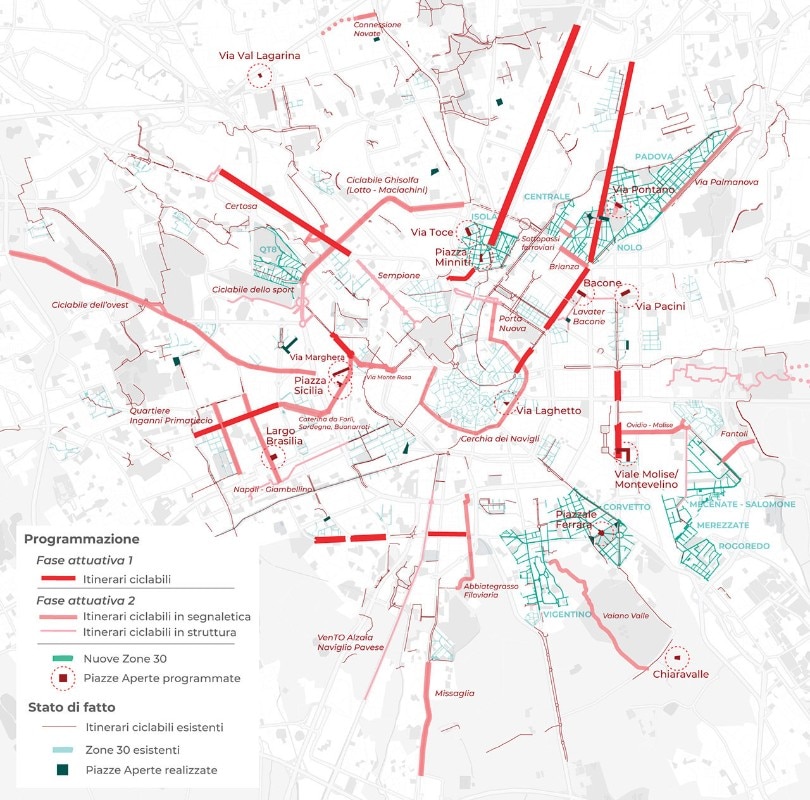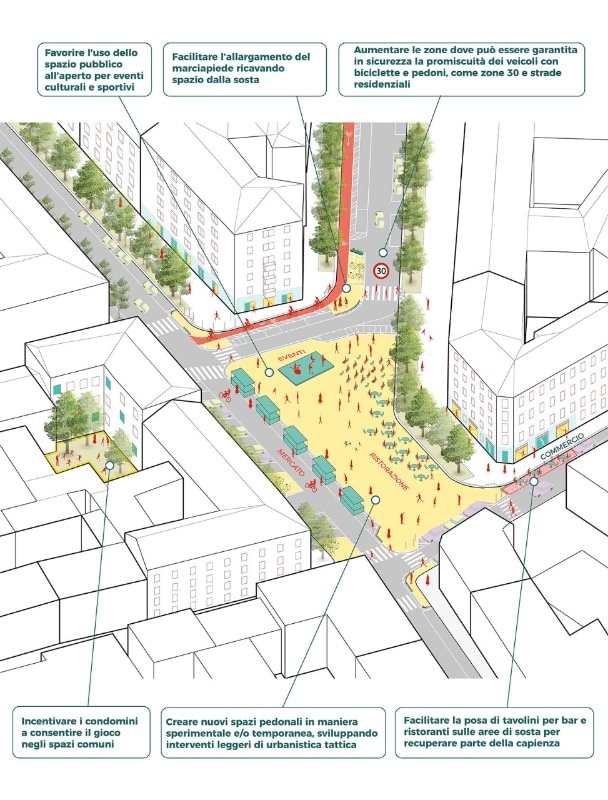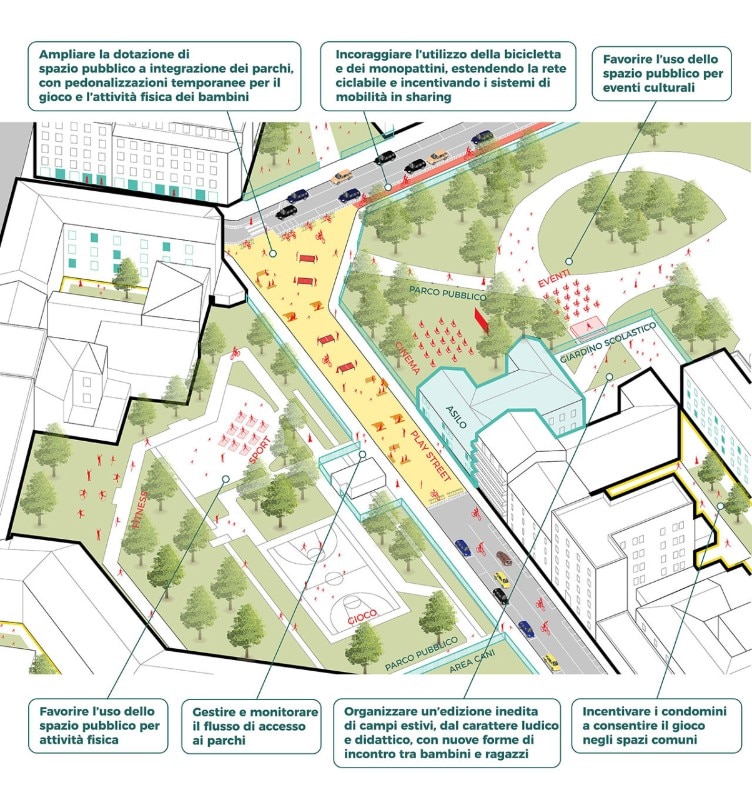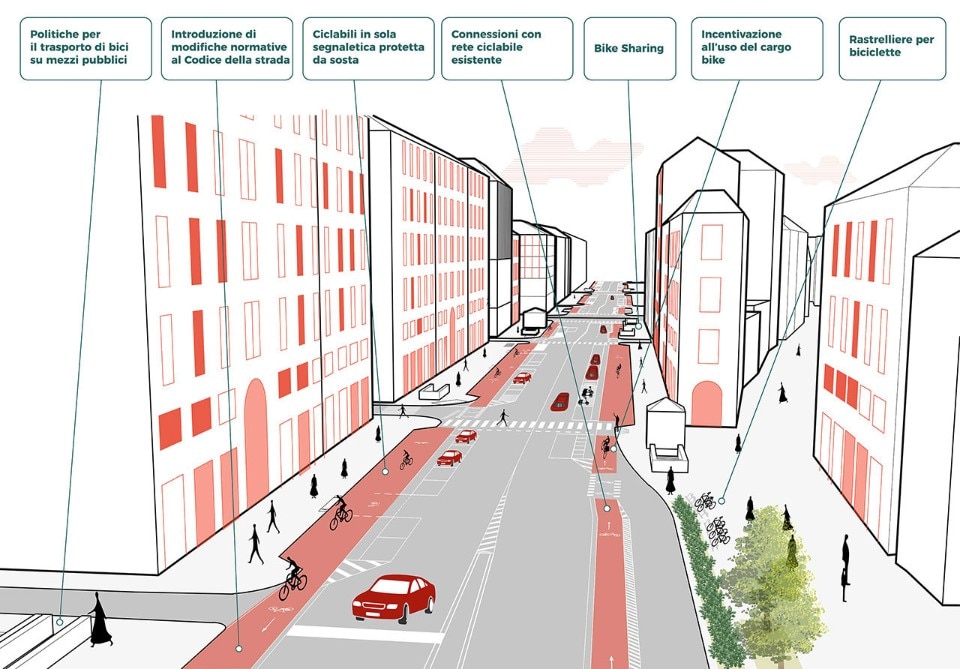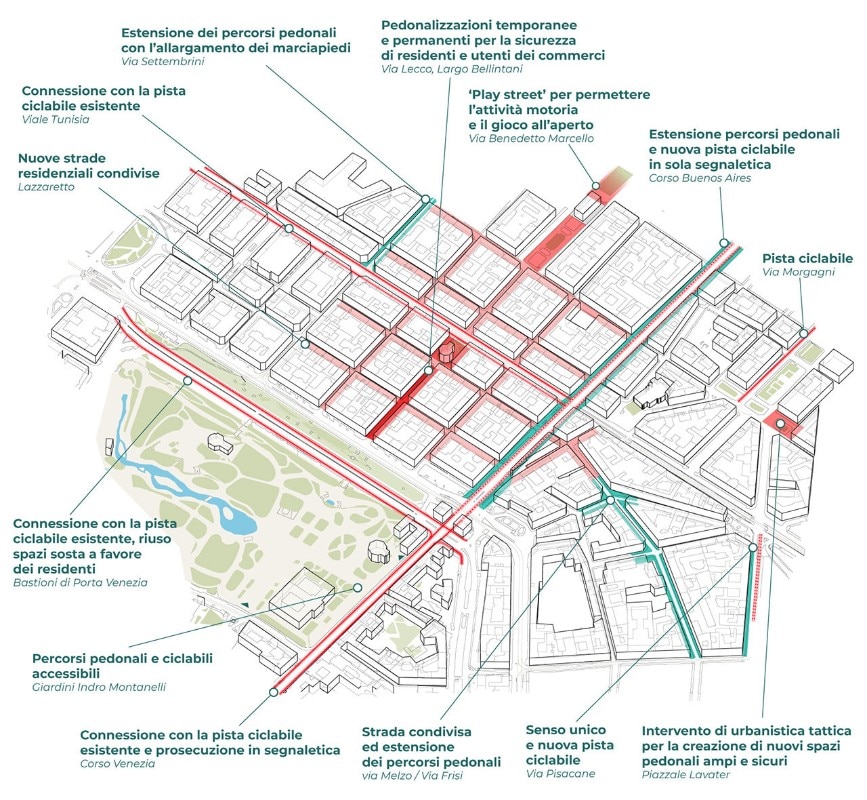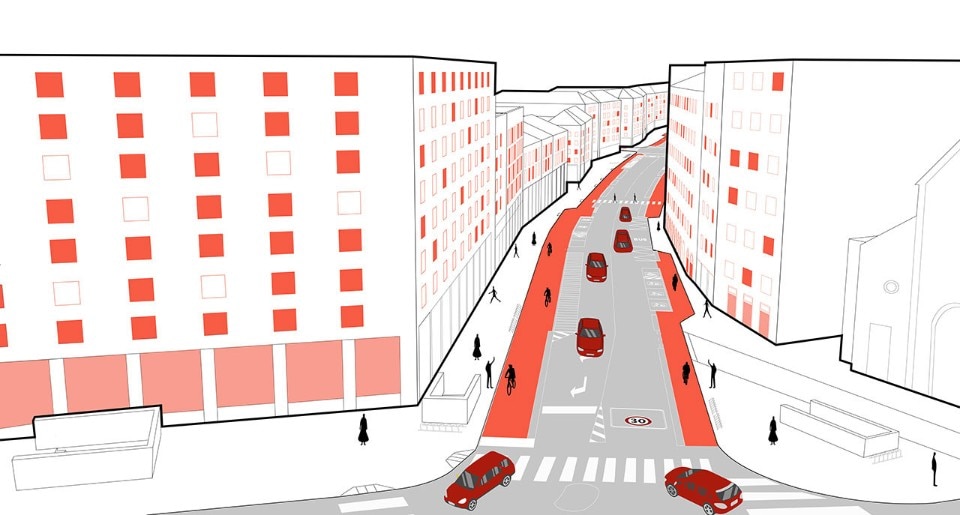For weeks we have been witnessing a proliferation of news about the adjustments that cities around the world are making to ensure physical distancing by meeting the travel needs of their inhabitants. These adjustments, on closer inspection, are almost all pointing in the same direction: to dedicate more and more space to cyclists and pedestrians, thus avoiding the overloading of public transport and the use of private cars. “Whenever possible, consider cycling or walking” advises the WHO in its guidelines on mobility during the health crisis.
The Covid-19 pandemic has therefore shed new light on the relationship between mobility, urban space and health, which is accelerating the transformation of cities through new models of sustainable transport.
The urgency of rapid deployment of cycling and pedestrian spaces, especially in densely populated urban areas, is increasingly bringing tactical urbanism to the forefront. Born as a bottom-up strategy, it aims at improving the urban space.
Pop-up cycle paths are an example and an increasing number of cities are adopting this resolution. These minimal and sometimes temporary interventions are carried out in very short time and with limited resources, usually involving a variety of actors ranging from citizens to associations and local administrations. The expression has entered common use thanks to the book Tactical Urbanism by US urban planners Mike Lydon and Anthony Garcia, published in 2015. The book’s subtitle is eloquent: Short-term Action for Long-term Change.
Bikes and tactical urbanism vs COVID-19: Bogotá launched 22 km of temporary bike lanes to reduce crowding on transit/facilitate social distancing. The bike lanes will be active in morning and evening rush hours. https://t.co/tlw1a4sgxE
— Shane Hampton (@shanehamp) March 16, 2020
In this period, more and more governments and administrations are relying on tactical urbanism in order to extend this approach to cycle networks: 300 km of paths are expected to be created in Lima, 130 km in Mexico City, 35 km in Bogotá, 21 km in Barcelona.
New Zealand, for example, after having used this tool only sporadically, was the first country to adopt tactical urbanism as the official government policy in order to deal with the effects of Coronavirus. The Associate Minister for Transport Julie Anne Genter announced on April 12 that new funds have been allocated for the construction of temporary cycling and walking paths.
In contrast, in Paris, Anne Hidalgo’s administration was already planning a radical transformation of the capital by 2024. Plan Vélo was born out of the idea that everything the inhabitant needs should be reachable within a maximum of 15 minutes by bike. One year after the launch of the plan, the use of bicycles had already increased by 54%, also thanks to the transport strike that lasted 46 days at the beginning of 2019. The Île-de-France region has accelerated the time schedule by bringing forward the construction of 650 km of cycle paths and pop-up cycle paths by the end of the French lockdown on May 11, with an investment of €300 million.
In Italy, on May 4, Phase 2 began, earlier than the rest of the Western countries: for this reason, the country represents the “proving ground” for the development of new urban strategies.
In Milan, in order to guarantee physical distancing, the Milan 2020 adaptation strategy was first implemented, from which the Strade Aperte project was then derived. This brings together a set of almost immediate actions including the construction of 35 km of cycle paths, 22 of which will be completed by this summer. On average, the inhabitants travel 4 km to go to work, a much shorter distance compared to large European cities. The project is the result of the collaboration between the councillor for Mobility and Environment Marco Granelli, and Pierfrancesco Maran, councillor for Urban Planning, Green and Agriculture. The Municipality of Milan, however, is not new to tactical urbanism strategies, quite the opposite: the experience was in fact inaugurated in a structured form with the Piazze Aperte (Open Squares) project, in collaboration with Bloomberg Associates, National Association of City Transportation Official (NACTO) and Global Designing Cities Initiatives.
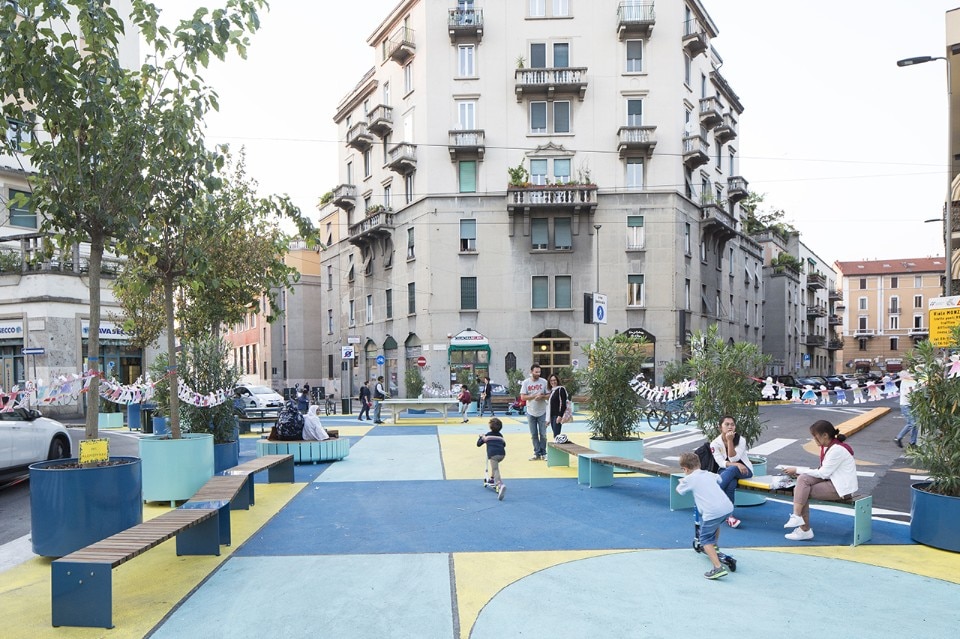
However, there is a great deal of uncertainty on the part of the administrations in facing a virus that we don’t know well enough yet. At this stage there is still a great emphasis on working from home: these first actions on the structure of the cities therefore need a gradual and controlled recovery of urban mobility. In the meantime, tactical urbanism will allow for constant fine-tuning and check of the interventions, the so-called “learning-by-doing”, in order to gradually find more and more suitable solutions for the cities, for their diversified urban shapes and to meet the needs of the citizens.
The adaptation of the urban space to the health crisis can therefore be a stimulus to a more radical, far-sighted and dialogic urban renewal, also starting from the assumption that cities are the core where socio-economic inequalities intensify. For those who live in the city, these inequalities translate into the absence of a “right to space”, which means fewer square metres in which to live, fewer resources in terms of public and green space to draw on, less chance to stay healthy, less availability of private means.
Given these circumstances, the C40 Cities Climate Leadership Group, a network of 96 cities that collaborate in order to tackle climate change, has formed the Global Mayors Covid-19 Recovery, which by recovery from the health crisis does not mean a simple comeback to “business as usual”. In this crisis, the task force - chaired by the mayor of Milan Giuseppe Sala - sees this as an opportunity to improve the environmental, social and economic conditions of cities over the longer term.
An earlier example is that of the Netherlands in the 1950s and 1960s, a historic moment when the car began to take hold, putting the safety of cyclists at risk. Over the years, the combination of the accident toll - many of which involved children - and the 1973 energy crisis prompted the 34,000 members and activists of the Dutch Fietsersbond Cyclists’ Union to put pressure on the government. It reacted by implementing a series of policies to promote cycling in cities: a habit that Dutch citizens have acquired and, notoriously, never left. This is an example of how “soft” interventions in the urban space can transform the habits of a city and its inhabitants for a very long time.
